Agile Vs Scrum: Know the Difference and Similarities
Agile vs Scrum is one of the finest comparisons ever. Scrum and agile are two kinds of project management methodologies that are in use for software development. In simple wording, agile is an ideology or a typical viewpoint. It illustrates a bunch of principles or doctrines in the agile manifesto. Coming to Scrum, it is a framework.
This shelf defines the positions, incidents, regulations, guidelines to carry out that mindset. The clear difference between agile and Scrum is in the agile method; leadership has great significance. Whereas in the scrum process, self-organizing is more important.
If you are keen on pursuing this, you can go for a CSM training, enabling you to master the principles of Scrum and become a proficient Scrum Master, guiding teams towards higher productivity and success in agile environments.
Introducing the Agile Software Development Methodology
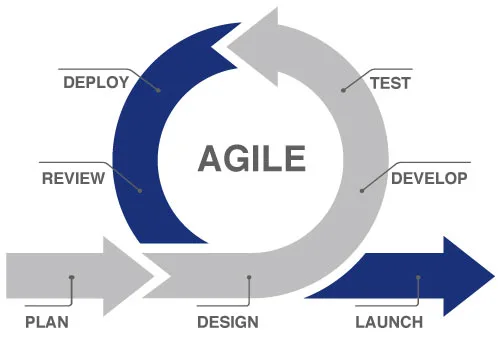
An agile methodology is an approach that is creative, elastic, simple, and cooperative. Various teams use or acquire this strategy to perform tasks with extra effectiveness. The underlying theme of this approach is to be adaptable enough to formulate alterations.
This approach nurtures human-to-human connections. Agile development methodology doesn’t require in-depth planning at the onset of the project. It motivates a steady response from the edge users. The preference for the type of work is decided by the consumer or business value of it.
- 71% of worldwide organizations are obtaining an agile software development methodology.
- The agile approach adoption rate in nationwide IT projects is 80%.
- On average, the salary of an agile project manager is around 90K dollars.
- After using agile methods, 60% of businesses saw high positive progress in their revenues.
Defining Scrum
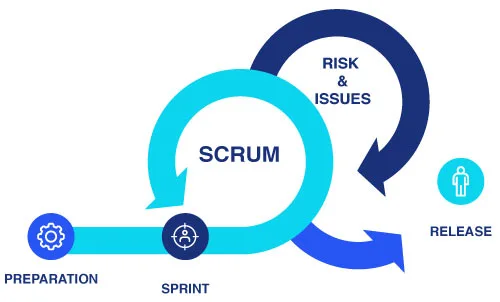
To our surprise, the scrum process is an agile framework. In software testing and development, it promotes alliance and efficiency.
As the software development process evolved from traditional methodologies to embrace agile frameworks, the approach to testing underwent a significant transformation as well.
Our expertise in Angular development services ensures that this transition is seamless, allowing for rapid development and testing integration that aligns with modern agile practices.
This shift towards agile methodologies necessitated a move towards more flexible and rapid testing processes, leading to the increased adoption of automated testing.
Automated testing has proven to be exceptionally well-suited to the iterative nature of agile development, allowing teams to conduct tests more frequently and efficiently, keeping pace with the fast sprints and continuous integration of changes.
Perspectives from Functionize on automated testing give insights into this evolution and its implications on testing practices, offering expert views on using automation for testing. The projects that accept scrum tools are done into small tasks, often known as sprints.
They comprise three units, for example, sprint goals, output backlogs, and sprint backlogs. Every sprint helps in defining, improving, and examining a specific function. Relying on the complexities of the project, every sprint survives either two or three weeks.
- Almost 45% of the scrum masters are navigating changes and adaptations in their companies.
- The usage and significance of scrum master are growing day by day.
- Because of the evolution of the scrum master role, the salaries are improving.
Agile Vs Scrum
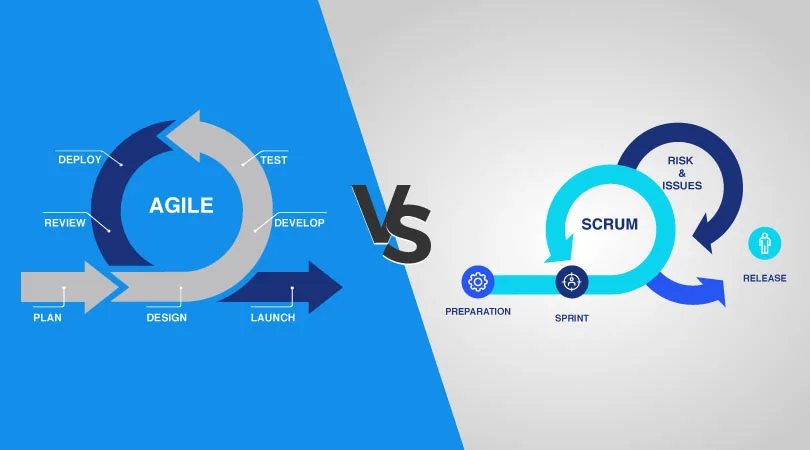
Take a look at the key difference between agile vs scrum, along with other various distinctions. They are:
1. The agile development procedure includes the constant iteration of analyzing. While Scrum itself is one of the agile methods, the main motive is to provide the business price quickly.
2. Agile comprises face-to-face relations and alliances among the cross-functional teams and members. However, scrum methodology offers collaborations in day-to-day stand up conferences.
3. The design and performance procedure in agile is natural and easy. But, these processes can be innovative and creative in scrum methodology.
4. Project chief supervises every task if they are using an agile approach and deals with all the agile method tasks since there is nothing like a team chief in scrum methodology, so the full team deals with the problems.
5. Scrum, unlike agile development methodology, is suitable for projects that want to generate outcomes quickly.
6. The projects that use agile methods submit the work on a normal basis to collect replies. Whereas the projects that obtain Scrum offer work only after the completion of each sprint.
7. The agile methodology may need a bunch of up-front growth cycle and administrative alteration. However, there is no need for several changes in the Scrum while carrying out a process.
8. The most primary standard of improvement is the working or active software in agile methodology. Well, in Scrum, it is not an elementary measure.
9. The agile concept is good for tiny teams that are looking for simple layout and execution. At the same time, many companies are using scrum methods when they perform experimental and imaginative projects.
10. In comparison with agile, Scrum is more strict and less flexible for further changes. At the same time, the agile approach welcomes the changes anytime.
11. This is a basic difference between agile and Scrum. Agile itself is a methodology, and Scrum is in use for implementing the agile techniques.
12. Agile has four roles, such as programmer, consumer, tester, and tracker. Scrum has three roles, such as the development team, scrum master, and product holder.
13. In the agile approach, both the company and developers should cooperate throughout the project. At the same time, Scrum starts the product illusion at first. Later the product owner and teams will work together.
14. Almost every business prefers agile methodology instead of scrum methods for an aggressive or intense approach.
15. The agile metrics comprise lean metrics; these keep an eye on the value cycle from an association to its consumers. Scrum has its specific metrics. They focus on giving absolute value to consumers after each iteration.
16. In a logical way, every time scrum methodology is agile. But, there is no need for agile to be Scrum constantly.
Similarities Between Agile and Scrum
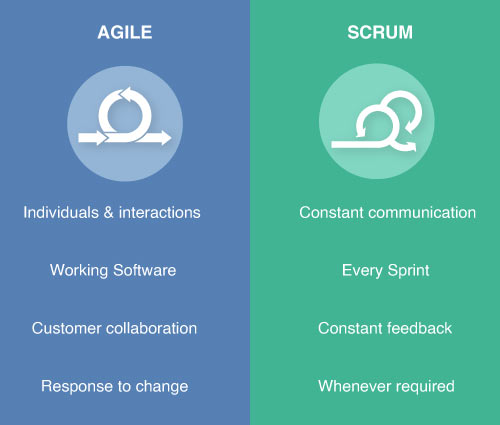
Apart from differences, it is almost very rare to find any similarities between agile vs scrum. Because agile and Scrum are meant to have differences between them. The agile and Scrum, both these methodologies are created to convey the exact idea.
That is giving accurate consumer understanding in the software development rotation. This implies that Scrum will include similar processes of Agile. But the agile approach might not share a few similar aspects with the scrum methodology. 81% of leaders are using Scrum with other various agile methods.
Top 6 Best Software In The Market
1. PeppyBiz
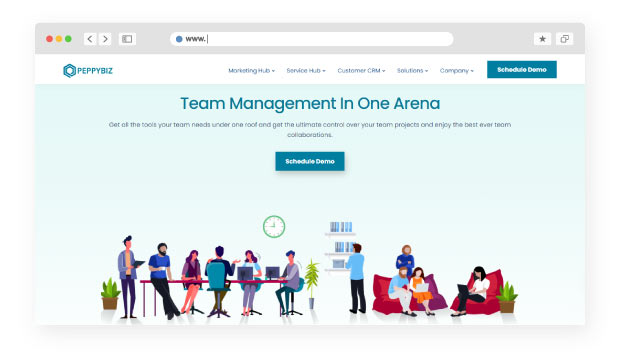
One of the best software for project management, email marketing, CRM, marketing, sales, and automation solutions. This software offers the best tools for startups and tiny business firms. PeppyBiz software is an Indian company with more than 12,000+ buyers spread across the world. This software helps in cleaning consumer problems, appoints ticket automation.
It has tracking solutions for client’s, tickets, projects, and more. They offer knowledge support using tutorials, FAQs, live chat, and a few more. This software gives the most out of automation tools and is pocket friendly. PeppyBiz project management software comes with a free trial plan and a free version app.
2. Asana
Their software is an all-round software that is good for tiny and small businesses. This software is in use by millions of customers around 192 countries. It also has a clear, user-friendly interface. Their software assists in building visual boards that show the status of the project.
It has reporting tools that track the tasks and shows you the tasks that are near completion. Asana software has the skills to build templates and automation of certain tasks. It also has private collaborations and shares the secure data across the team. Some of this software’s best features are document sharing, custom project areas, and filter tasks.
3. BaseCamp
This Basecamp software is good for tiny companies or teams. Their software operates on various platforms. Such as Android, Mac, Web, iOS, and windows. It is very user friendly and is the best collaboration tool for remote teams.
This software uses automation methods for meetings, emails, conferences, and stand-ups to save time. It has enough tools for teams to work together like group chats, to-do lists, and more. They also offer integration solutions to connect with other outer apps.
4. Jira
The Jira solutions are composed to help every kind of team in supervising their task. This software is home to tools that are good for businesses, Ops teams, software firms, and more. Their custom scrum boards assist the team is focusing more on providing reciting virtue without any waiting.
They have elegant Kanban boards and show the tasks to certain teams to complete the project within the deadline. Jira’s roadmap features allow you to summarize the big idea and instruct the strategies to the shareholders. This software authorizes you in creating custom filters with the help of Jira Query Language (JQL).
5. Airtable
Airtable software is the best for the teams that need continuous usage of spreadsheets. They offer a versatile spreadsheet and database app that manages any kind of project. While developing a base, you can select premade templates.
The existing templates are made with sample content. Their spreadsheet has various things such as equations, acquiring data from other references, filters, and more. One of the best features of this software is it allows you to add multiple views.
6. Wrike
Wrike is one of the best software that functions well for minor teams. It is suitable for the teams who need custom workflow options. Their software is home to layer calendar views and color-code skills. It has a mobile edition that permits collaborators to revise project data on-the-go.
They also maintain a problem tracking component that is very useful for improvement teams. It has very strict security scales that allow only certain staff to access the data. Their software has activity stream tools that help project managers in managing tiny projects and tasks.
Conclusion
With the above comparison of agile vs scrum, it is easy to distinguish them. Which methodology to use for your project depends on certain criteria. Such as budget, category of the project, duration, and flexibleness.
So, agile software development methodology concentrates on consumer fulfillment. At the same time, Scrum is one of the various approaches of the ultimate agile. Scrum methodology is good for specific projects that have a quick change in priorities.



